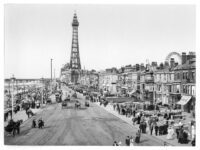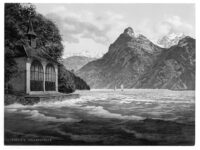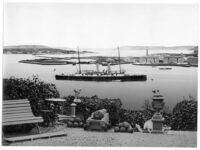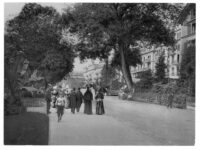Vintage: Historic B&W photos of County Donegal, Ireland (1890s)
The modern County Donegal was shired by order of the English Crown in 1585. The English authorities at Dublin Castle formed the new county by amalgamating the old Kingdom of Tír Chonaill with the old Lordship of Inishowen. However, although detachments of the Royal Irish Army were stationed there, the Dublin authorities were unable to establish control over Tír Chonaill…

























